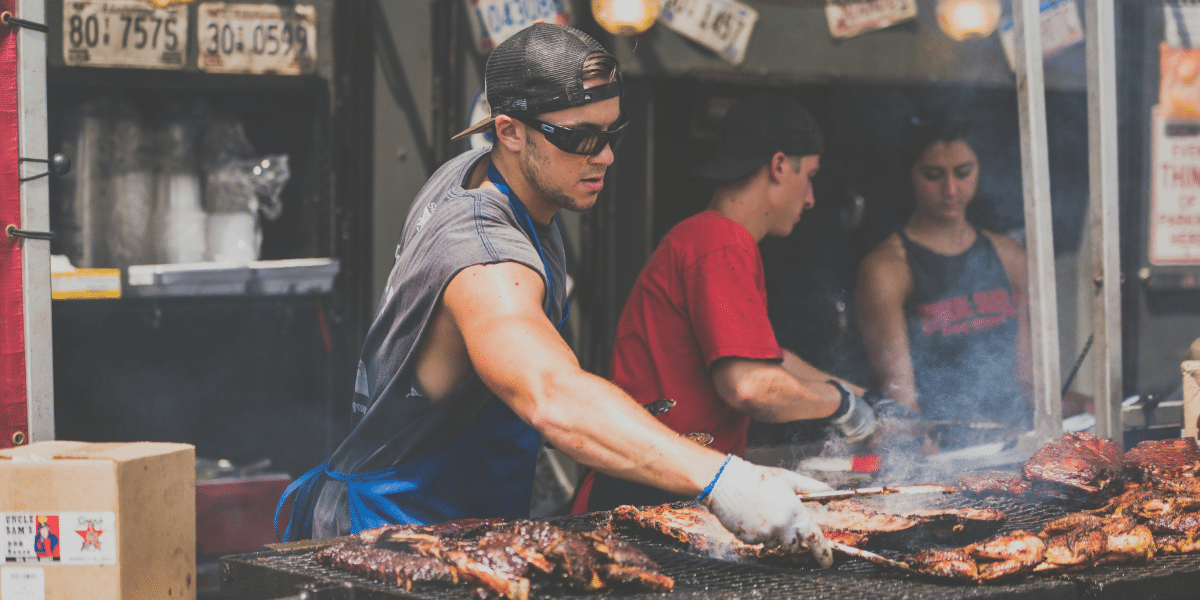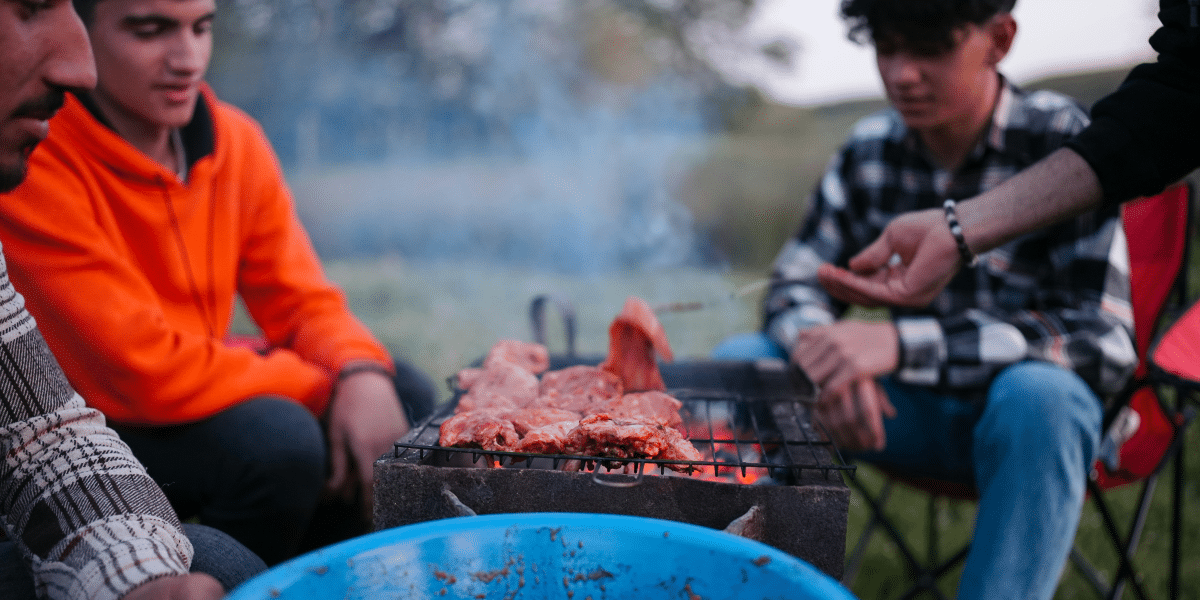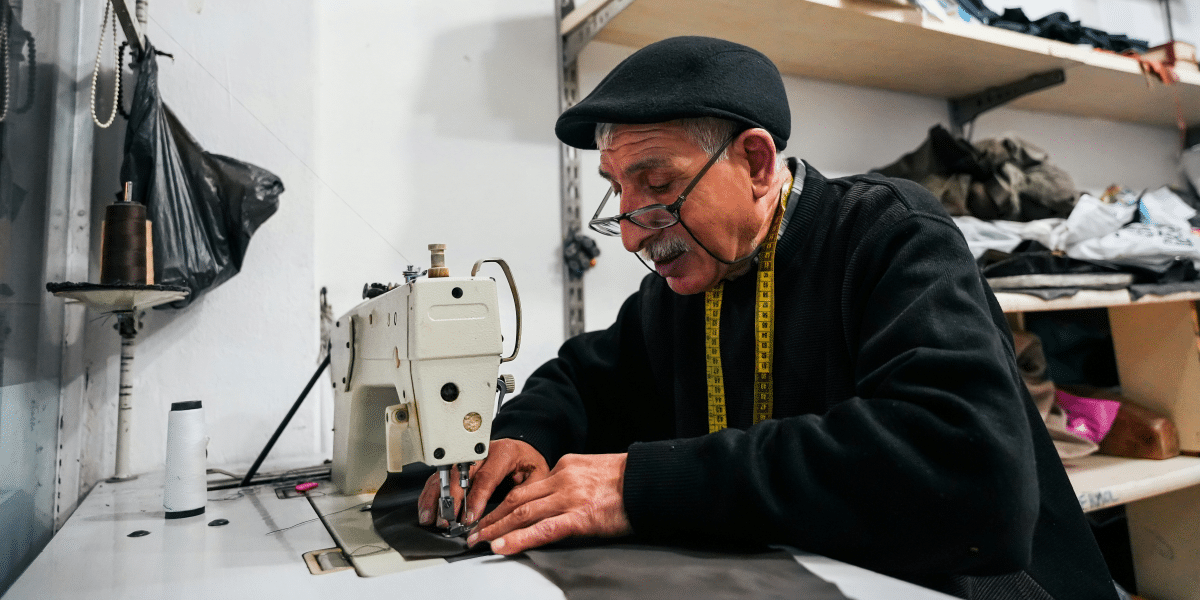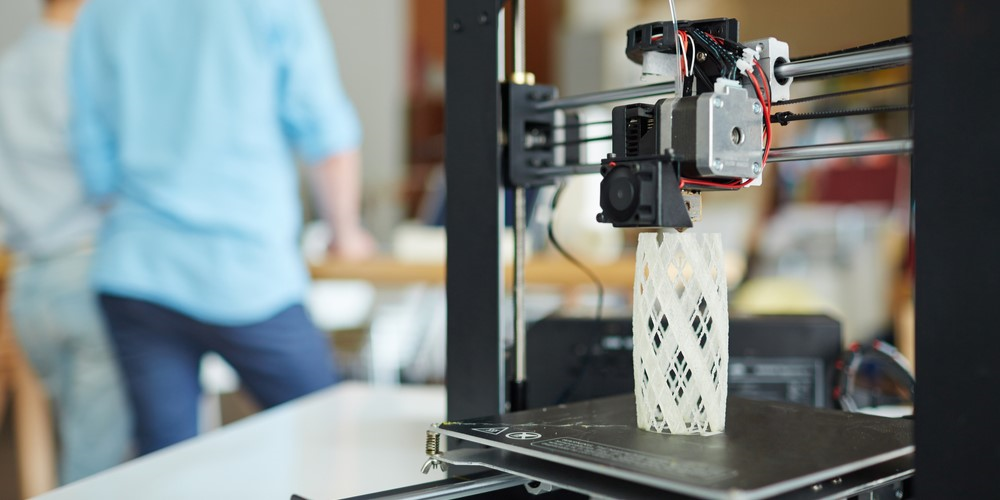Beyond the Music: Dive into Tennessee’s Rich Literary Legacy
Nashville might be Music City, but Tennessee’s influence on American literature runs deep. From Pulitzer Prize winners to groundbreaking poets, essayists, and playwrights, the Volunteer State has produced a remarkable array of literary talent. Let’s ditch those preconceived notions about banjos and ballads and explore the surprisingly diverse world of Tennessee literature.
Literary Legends with Tennessee Roots
Forget sweet tea and slow drawls – Tennessee has produced writers whose works are as gritty as smoked barbecue and as resonant as a blues riff. Cormac McCarthy, the Pulitzer Prize-winning master of the American West, spent significant portions of his life in Knoxville. His prose is spare, unflinching, and often delves into the darkness lurking within the human soul. From the post-apocalyptic wasteland of “The Road” to the brutal landscapes of the border country in “No Country for Old Men,” McCarthy’s connection to Tennessee might not be immediately evident, but the echoes of the state’s stark landscapes and its sometimes violent history can be subtly felt in his work.
Nikki Giovanni, a Knoxville native, is a towering figure in American poetry and a leading voice in the Black Arts Movement. Her poems are infused with her experience as a Black woman in America, addressing love, revolution, and the fight for equality with unflinching honesty. Giovanni has received countless awards, including the Langston Hughes Medal for poetry, and has inspired younger generations of writers to find their own powerful and authentic voices.
Alex Haley, born in the small town of Henning, transformed the nation’s understanding of its history with his book “Roots: The Saga of an American Family.” Through painstaking research and vivid storytelling, Haley traced his family lineage back to Africa, chronicling generations of enslavement, resilience, and the struggle for freedom. “Roots” was a cultural phenomenon, sparking a renewed interest in African-American genealogy and forcing the nation to confront the enduring legacy of its original sin. It exemplifies the power of a single story to illuminate a wider historical truth.
Tennessee isn’t just a hotbed for individual literary talent; it also has a history of fostering influential literary movements that have shaped the broader landscape of American literature. One of the most notable is the Fugitives and Agrarians. In the 1920s, a group of poets and intellectuals linked to Vanderbilt University started a literary movement pushing back against what they saw as the dehumanizing effects of rapid industrialization and modernization. They wrote poems and essays championing the traditions, culture, and values of the American South. While some of their views are controversial now, figures like John Crowe Ransom, Robert Penn Warren (who also became a renowned novelist), and Allen Tate are considered literary heavyweights whose work still merits study and debate.
The Harlem Renaissance, that explosion of Black artistic and intellectual expression in the 1920s and 30s, was primarily centered in New York City. However, Tennessee played a supporting role. Writers like Arna Bontemps, a key figure in the movement, spent significant time teaching at Fisk University in Nashville. Fisk, a historically Black university, became a hub for fostering young Black writers and provided a space for intellectual exchange and creative inspiration, indirectly contributing to the rich tapestry of the Harlem Renaissance.
“These literary movements highlight how Tennessee has often been a place where diverse voices and viewpoints collide,” observes a professor specializing in American literary history. “The intellectual ferment of these movements shaped the works of individual writers and rippled out into American literature as a whole.”
Trying to pinpoint exactly why Tennessee produces so many talented writers is a bit like trying to bottle the magic in a mason jar – it’s tricky. But a few factors seem particularly influential. Tennessee has a deeply ingrained tradition of storytelling. From the folksy tales spun on front porches in Appalachia to the soulful storytelling inherent in blues music, the art of crafting a compelling narrative is woven into the state’s cultural DNA. It’s no wonder that many Tennessee writers seem to have absorbed this knack for captivating an audience through the written word.
The state’s strong universities have also played a crucial role. Schools like Vanderbilt, the University of Tennessee, and Fisk University boast well-regarded writing programs that offer mentorship, a fostering community, and the rigorous intellectual training needed for young writers to hone their skills. These literary communities within Tennessee act as incubators for emerging talent.
Tennessee’s complex and sometimes troubled history provides writers with a wellspring of inspiration. The legacy of the Civil War, the ongoing struggles for racial justice, the tension between rural traditions and rapid urbanization – all offer up themes of conflict, resilience, and the complexities of the human experience. “Tennessee doesn’t offer easy answers or simple storylines,” remarks a Tennessee-born novelist. “It forces you to wrestle with hard truths, and that struggle often finds expression in the works of the writers who call this place home.”
Experience Tennessee Literature Today
Want to immerse yourself in Tennessee’s vibrant literary scene? Here’s how:
- Book Festivals: Check out events like the Southern Festival of Books in Nashville or the Memphis Literary Festival.
- Literary Landmarks: Visit Alex Haley’s childhood home, now a museum, or tour Rowan Oak, the historic home of Nobel laureate William Faulkner in Oxford, Mississippi, just a short drive south of Memphis.
- Support Independent Bookstores: Tennessee boasts a fantastic network of independent bookstores where you can browse local authors and discover hidden gems.













